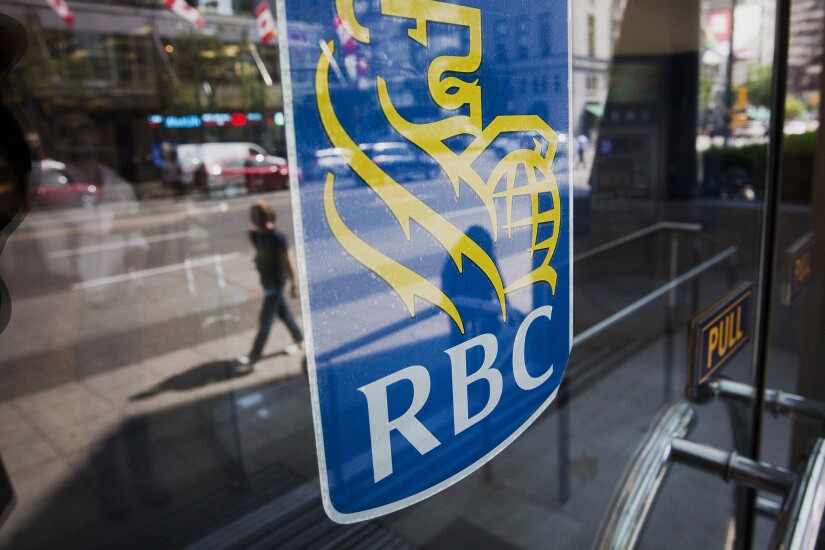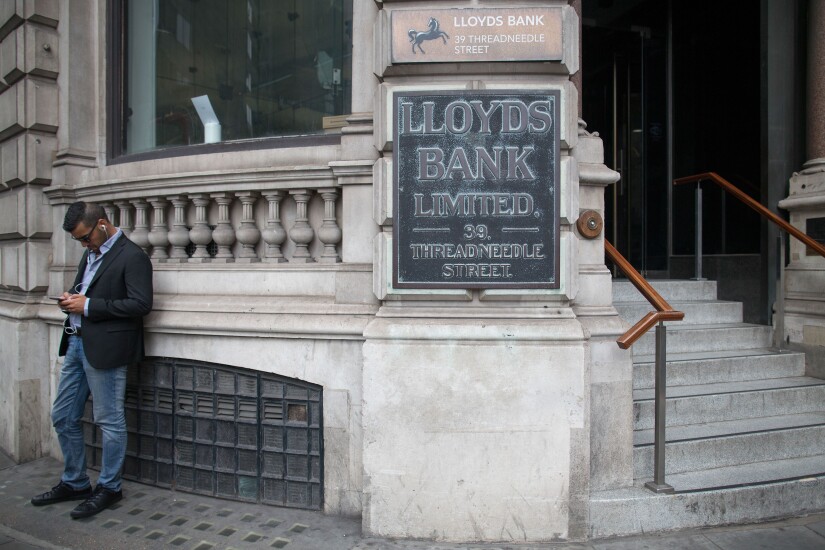Artificial intelligence has been a focus of discussions at the World Economic Forum’s annual meeting in Davos, Switzerland, over the past few years, so the organization decided to partner with Deloitte Consulting on a study that sought to "cut through the sensationalism surrounding AI" and offer helpful insights for business leaders and policymakers.

“Financial institutions around the world are making large-scale investments in AI, while governments and regulators seek to grapple with the significant uncertainties and growing public trepidation as AI becomes central to the fabric of institutions and markets,” according to a new report the forum published with Deloitte, “
The two organizations surveyed financial services executives about AI and held half-day workshops around the world, including one at Davos, on the topic over the past year. They came to several conclusions about how AI is reshaping the financial industry, including the five noted here.










